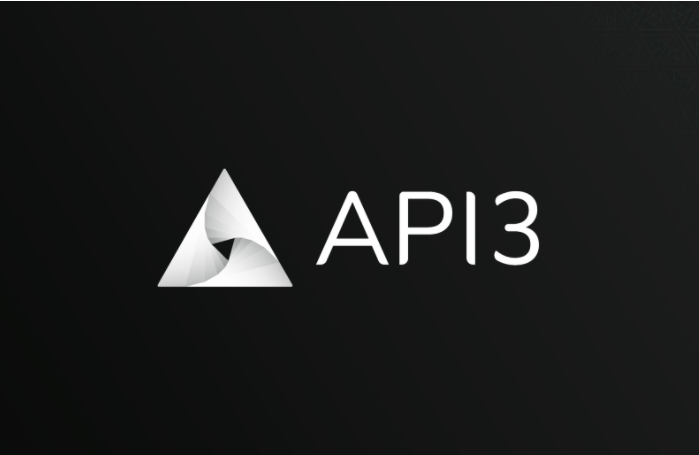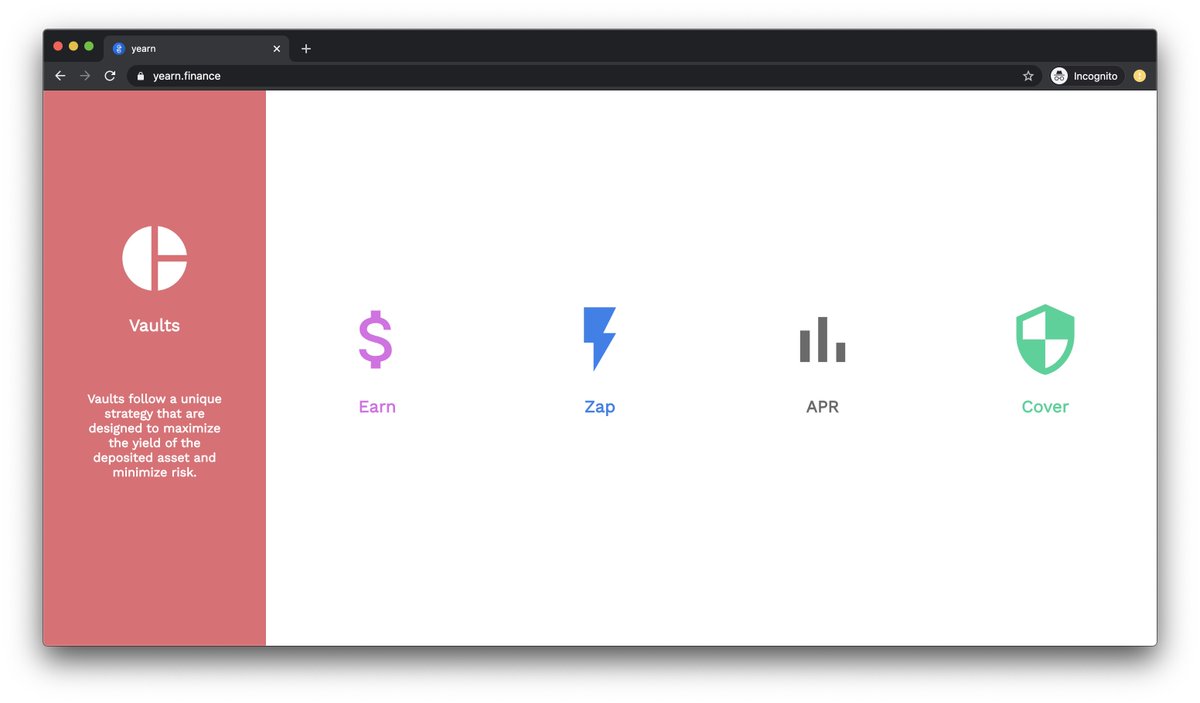
After we released this mainnet demo video, we’ve been asked my many people:
“How is this possible?” “This must be centralized”
No it’s not. It’s Hop. It’s magic and it’s been developed by 3 of the biggest giga-brains I know, for more than a year now.
“How is this possible?” “This must be centralized”
No it’s not. It’s Hop. It’s magic and it’s been developed by 3 of the biggest giga-brains I know, for more than a year now.
https://twitter.com/HopProtocol/status/1397983455821041664?s=20
1/ Before we jump into it, let’s first establish what problem Hop solves.
Every rollup or sidechain has a bridge to facilitate transfers of assets to and from Ethereum.
The speed at which data can be passed from L2 to Ethereum and be considered final is known as its ”exit time”
Every rollup or sidechain has a bridge to facilitate transfers of assets to and from Ethereum.
The speed at which data can be passed from L2 to Ethereum and be considered final is known as its ”exit time”
2/ Needless to explain that this is a major barrier to L2 adoptions.
Exit times create borders between scaling solutions and fragment the DeFi space.
If only there was a way to bring back composability and let users transfer assets instantly between L2 networks..
Enter Hop. 🐰
Exit times create borders between scaling solutions and fragment the DeFi space.
If only there was a way to bring back composability and let users transfer assets instantly between L2 networks..
Enter Hop. 🐰

3/ There are 2 core pieces to the Hop protocol that make this possible.
1. A cross-network Hop token that can be quickly moved from L2 to L2 or claimed on L1 for its underlying.
2. AMM’s to swap between a Hop token and its corresponding “native token” on each L2.
1. A cross-network Hop token that can be quickly moved from L2 to L2 or claimed on L1 for its underlying.
2. AMM’s to swap between a Hop token and its corresponding “native token” on each L2.
4/ Let’s look at a transfer.
If Alice wants to deposit 4 ETH on Optimism via Hop, Hop issues the equivalent amount of Hop ETH (hETH) on Optimism.
If Alice wants to deposit 4 ETH on Optimism via Hop, Hop issues the equivalent amount of Hop ETH (hETH) on Optimism.

5/ Each Hop Bridge Token represents a deposit in the Layer-1 Hop Bridge so hTokens are always backed 1:1.
In the same transaction still, hETH is swapped for ETH in the Hop AMM and the output of that swap is sent to Alice’s account on Optimism.
In the same transaction still, hETH is swapped for ETH in the Hop AMM and the output of that swap is sent to Alice’s account on Optimism.

6/ The reverse happens during a withdrawal.
During a withdrawal from Optimism to L1 Alice’s ETH is 🔄 into hETH, hETH gets 🔥 and ETH is released on L1.
The reason these hTokens can be passed around quickly is that there is a party called “The Bonder” who fronts the liquidity.
During a withdrawal from Optimism to L1 Alice’s ETH is 🔄 into hETH, hETH gets 🔥 and ETH is released on L1.
The reason these hTokens can be passed around quickly is that there is a party called “The Bonder” who fronts the liquidity.

7/ The Bonder runs a node on Optimism and verifies that the withdrawal has truly been initiated.
With this knowledge The Bonder can underwrite the withdrawal by locking a portion of their funds on L1.
With this knowledge The Bonder can underwrite the withdrawal by locking a portion of their funds on L1.
8/ Since the transfer is underwritten, the Hop Bridge can release ETH *instantly* to Alice on L1.
A couple of days later when the transfer is confirmed on L1 The Bonder’s collateral is unlocked and they receive a small fee for the service.
A couple of days later when the transfer is confirmed on L1 The Bonder’s collateral is unlocked and they receive a small fee for the service.
9/ What’s awesome is that anyone can become a liquidity provider in the Hop AMM’s and thereby facilitate instant conversion between hTokens <> Native tokens.
Hop LP’s earn swap fees on identical assets (hETH - ETH) hence there is no risk of impermanent loss.
Hop LP’s earn swap fees on identical assets (hETH - ETH) hence there is no risk of impermanent loss.
10/ The more volume goes through the Hop Bridge, the more revenue for LP’s.
These AMM’s are a breakthrough in Bridge design as they ensure that liquidity can easily be re-balanced across networks and ensure liquidity is where it’s most needed by users.
These AMM’s are a breakthrough in Bridge design as they ensure that liquidity can easily be re-balanced across networks and ensure liquidity is where it’s most needed by users.
11/ Imagine there have been a lot of $ETH transfers to Optimism.
During each transfer hETH is swapped for ETH in the Hop AMM and after a while hETH would trade at a discount.
In that case someone could buy hETH at a discount and either withdraw it back to L1..
During each transfer hETH is swapped for ETH in the Hop AMM and after a while hETH would trade at a discount.
In that case someone could buy hETH at a discount and either withdraw it back to L1..
12/ or wait until the price has stabilized to swap it back to ETH on Optimism.
13/ And what about The Bonder? Can anyone become a Bonder?
The role requires a bit of capital and technical know-how so at first, Hop will start with only a couple of entities running Bonder’s.
Soon after, the role will be opened to anyone.
The role requires a bit of capital and technical know-how so at first, Hop will start with only a couple of entities running Bonder’s.
Soon after, the role will be opened to anyone.
14/ However, it’s important to understand that The Bonder can not steal funds or censor transactions.
It’s enough that one Bonder takes a transaction for the transaction to go through.
It’s enough that one Bonder takes a transaction for the transaction to go through.
15/ In a worst case scenario for a user, all Bonder’s would be offline during a transfer in which case the transfer would get delayed by the normal exit time of the rollup but would still eventually go through.
16/ Are you excited? I sure as hell am!
Knowing that Hop would launch soon helped me form my conviction that $ETH will remain the ultimate Hub which everything revolves around. 🚀
cryptotesters.com/blog/hop-bridge
Knowing that Hop would launch soon helped me form my conviction that $ETH will remain the ultimate Hub which everything revolves around. 🚀
cryptotesters.com/blog/hop-bridge
• • •
Missing some Tweet in this thread? You can try to
force a refresh







